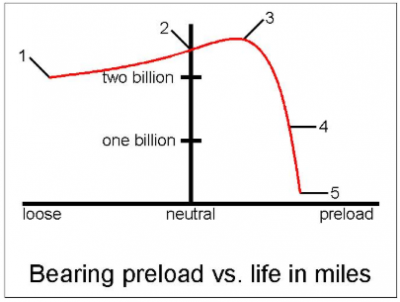amazighman
Active Member
- Joined
- Apr 22, 2016
- Messages
- 747
- Car
- CLK 430
I would have to remove the wheel , then tighten the clamp bolt....
I think if that works , it will make the job simpler ,
I think if that works , it will make the job simpler ,

